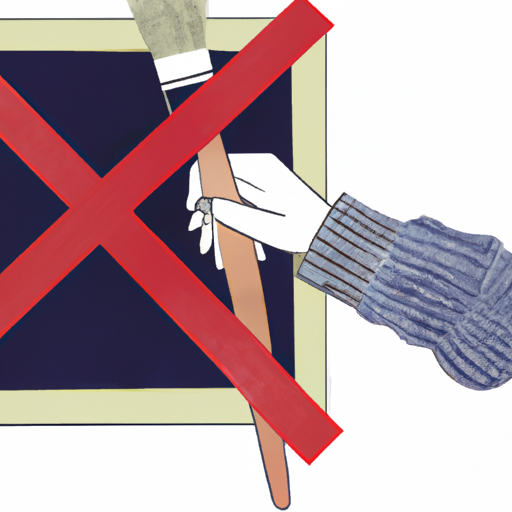Artistic Freedom Vs. Censorship: Should There Be Limits in Artistic Expression?
The ongoing debate between censorship and artistic freedom is a multi-faceted issue that delves into societal boundaries, ethical considerations and the question of whether an artist should be free to express their emotions without restriction.
The Need for Boundaries
An argument often put forward in favor of censorship is the responsibility towards setting certain societal boundaries. It is an intriguing aspect of this debate as it questions the extent to which art can push against the existing norms. If artistry is allowed an absolute license, there is a possibility it might trigger disturbing sentiments, incite violence or propagate hate speech.
The Freedom of Expression
On the other hand, as a form of self-expression, art allows artists to manifest their thoughts, feelings, and perspectives. Putting restraints on this creative liberty, many argue, leads to the stifling of free thought and innovation.
Public Perception
The public opinion often sways between these viewpoints. A number of individuals believe in the absolute freedom of artistic expression. However, there are also many who believe in the necessity of boundaries and are of the idea that some forms of expression, especially those that are potentially harmful or offensive, should not be portrayed in the name of art.
Governmental Influence
Government bodies play a significant role in this debate. Over time, various governments have adopted different stances on this issue - ranging from complete regulation to absolute liberty, thereby shaping the landscape of the art world.
Case Studies
Histories have shown the consequences of both censorship and unrestricted artistic freedom. The case of the Chinese artist Ai Weiwei, who faced imprisonment for his openly critical artwork against the Chinese government, demonstrates the stifling effect of censorship. Conversely, the outrage sparked by ‘Piss Christ’, an artwork by Andres Serrano that depicts a crucifix submerged in urine, exhibits the offense and harm unrestricted artistic expression can cause.
Is There a Middle Ground?
Finding the delicate balance between censorship and artistic freedom is no easy task. However, with increasing global dialogue and discourse on this issue, it seems possible to establish a middle ground that respects both societal responsibility and freedom of expression. As suggested by some scholars and artists, there could be a system that encourages self-monitoring and responsible creativity, without imposing authoritative restrictions.
Conclusion
As the debate continues, one thing is certain - the conflict between artistic freedom and censorship concerns fundamental human values. Without the freedom to express ourselves, our societies lose their vibrancy and vigor, but without certain boundaries, they risk disintegrating under the weight of harmful or offensive content.


















Comments
Leave a Comment